Earth observation (EO) technologies are useful in providing environmental context while conducting marine studies. For ship-based studies in particular, EO can help make day-to-day decisions as to when and where to collect samples, and especially when trying to understand more ephemeral ecosystem features such polynyas, the ice edge, eddies, or predator-prey hotspots.
Being able to review these data as they are relayed in near-real time to the ship allows for safer and more efficient research operations and thus represents a critical tool many researchers have come to rely on.
In early 2013, following a campaign of data collection and analysis, the discovery of three newly defined hydrocarbon basins in the Labrador Sea (the Henley, Chidley, and Holton Basins) and expanded the extent of the Hawke Basin. Results from the campaign are being made available to industry in order to generate interest in undertaking exploration activities in this region. As part of this effort C-CORE were requested to produce a metrological and oceanographic study to help define the risks associated with marine operations in the offshore environment and compare these conditions with other regions around the world. Specifically the objectives were as follows:
- Characterize metocean conditions (pack ice, icebergs, ice islands, waves, currents, wind, fog and vessel icing) in the specified area of interest; and
- Compare these conditions to those in other analogous internationally-explored regions (i.e. Grand Banks, Orphan Basin, East and West Greenland, North Sea, Barents Sea, Canadian Beaufort Sea, Chukchi Sea, Kara Sea, Caspian Sea and Sakhalin Island).
Without EO data the breadth, depth, and quality of the datasets used in the characterization exercise would have been significantly compromised.
The following sample metocean results are derived from datasets that employ EO data, either as a primary data source, or as a data source that is used conjunction with other data types and methodologies.
Example 1 presents a dataset were EO data plays a direct role. Figure 1 shows the average number of days of open water (i.e., the number of days when less than 1/10th concentration of sea ice is present) during the period 1999-2008 in the southern portion of the Labrador Sea. Ice free days are an important metocean parameter as they allow shipping and other operations to be carried out without a need for ice class vessels or structures. The dataset from which this plot was made was generated through the acquisition, aggregation and processing of hundreds of Canadian Ice Service charts, an example of which is show in Figure 2.
Figure 1: EO derived dataset showing number of days with open water determined from a 10 year average of ice charts
Figure 2: Sample Canadian Ice Service chart derived from EO data (© CIS 2014)
The CIS ice charts are produced from Synthetic Aperture Radar (SAR) Satellite Imagery satellite imagery and supported by ship and aircraft-based visual observations. They represent, on the chart publication date, the best estimate of ice conditions based on the integrated observational data. SAR data is an invaluable tool for this task because of the large spatial areas over which the satellite can obtain imagery and its ability to acquire data day and night in all weather conditions, clouds and fog being particularly problematic along the Labrador Coast.
Example 2 presents an example of where EO observation plays an indirect but essential role. Figure 3 shows oceanographic surface current data from the Canadian East Coast Ocean Model (CECOM) model[1]. CECOM is a dynamically and thermodynamically coupled ice-ocean model developed and maintained by researchers at the Bedford Institute of Oceanography. The model has been employed in numerous studies including basin-scale and shelf circulations, operational ocean forecasting, and seasonal variation of ice cover. The spatial resolution of the model is 0.1 x 0.1 ° with a 21 level generalized σ (sigma) co-ordinate grid in the vertical; the data is produced at a 30 min resolution. Crucial to the development of model is the assimilation of the near real time satellite derived sea-surface temperature (SST) data; by incorporating the SST observations the accuracy of the model output is greatly increased improving the quality of the data that operators and designers require and rely on for design, planning, and operational purposes.
Example 3 exploits the output from the Japanese Meteorological Research Institute Coupled General Circulation Model (MRI-CGCM3)[2], a 1.4o x 1.4o resolution earth systems model. Figure 4 shows the change, predicted by MRI-CGCM3, in the mean number of ice-free days between the period 1980-2010 and the period 2020-2050. The plot show that in the majority of locations the number of ice free days in a season will increase by up to ten days. The MRI-CGCM3 uses satellite derived altimeter data as part of its data assimilation scheme[3]. Again, by employing the satellite derived observational data the uncertainty in the model is greatly reduced, improving confidence in the results. MRI-CGCM3 is one of the models that is used in the Coupled Model Intercomparison Project Phase 5 (CMIP5)[4] experiments which, amongst other objectives, looks to provide a standard set of model simulations to evaluate how realistic the global climate models are in simulating the recent past and to provide projections of future climate change on near term and long term timescales.
The role EO plays in deriving parameters such as sea surface temperature and sea surface height is essential in reducing the uncertainty of models such as CECOM and MRI-CGCM3 that are used to generate metocean datasets and analyses, both short term as operational forecasts and longer term as summaries and predications.
Figure 3: Sample surface current output from the CECOM model for 03/01/2003 at 0200hr (CECOM model data kindly provided by the Bedford Institute of Oceanography)
Figure 4: Predicted change in ice free days from MRI-GCM3
C-CORE's mission is to be a world leader in the development and application of advanced engineering principles to solve operational challenges in the natural resource sectors and other target markets. Through responsiveness, excellence in service, continuously advancing technology, and understanding clients' needs, C-CORE will be the organization of choice for providing innovative services and products. C-CORE will conduct applied research and development with a motivated, highly qualified team working in a framework of sound business principles.
Contact
Dr. Rob Briggs
Captain Robert A. Bartlett Building, Morrissey Road, St. John's, NL, Canada A1B 3X5
T: 709-864-8354 / F: 709-864-4706 / e-mail: info@c-core.ca

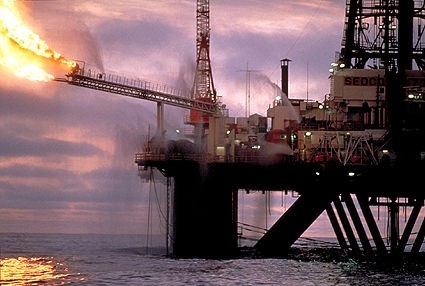
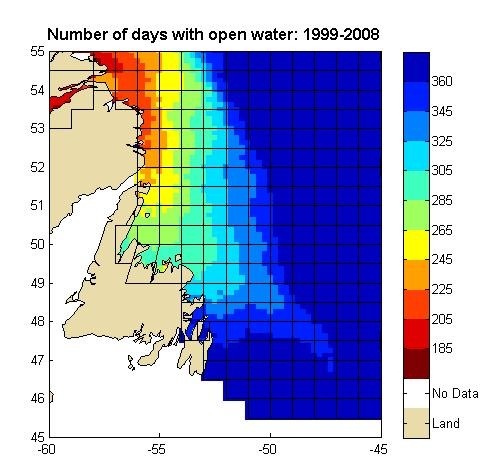
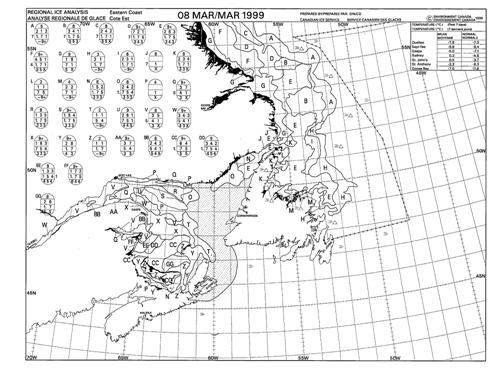
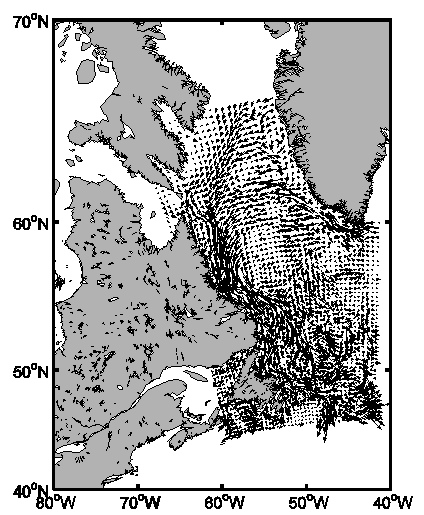
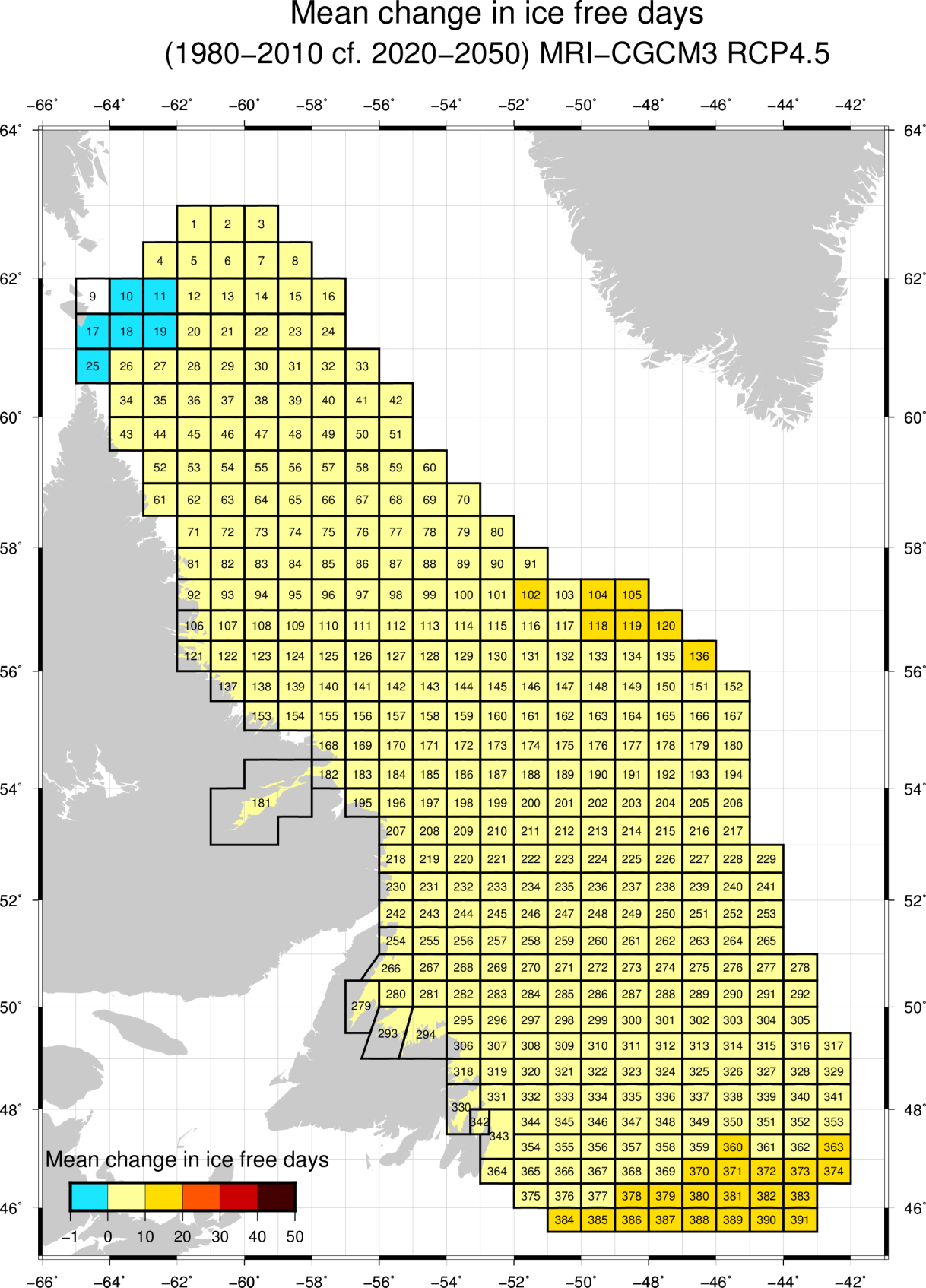
This page has no comments.